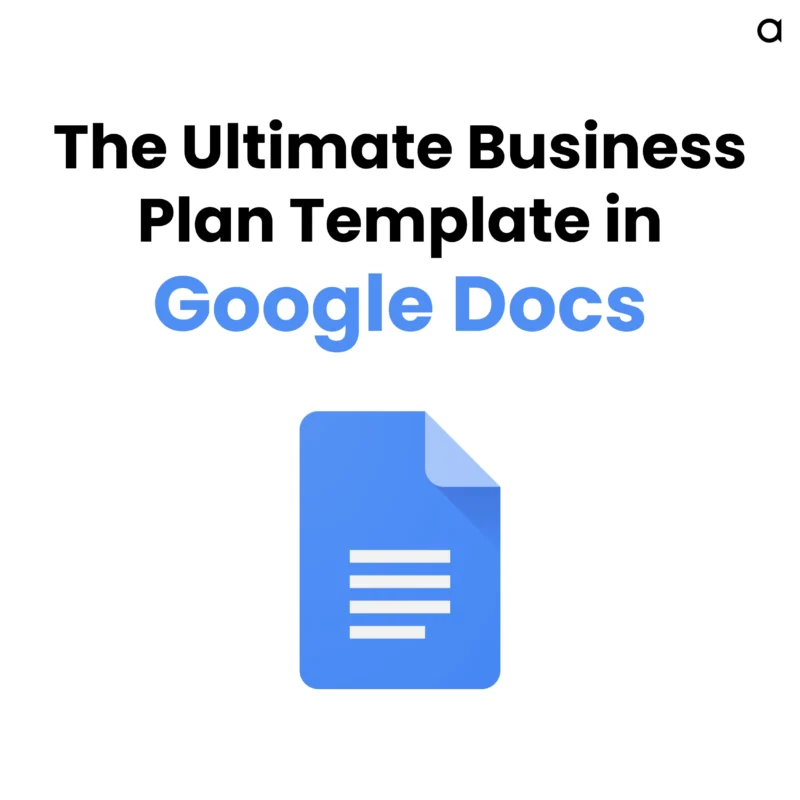
A performance planner is a technique that helps organizations plan and monitors the performance of their employees or teams, their marketing efforts, their financial goals, and so much more. For most of us, it is now OOO season, which is the ideal time to reflect on the year that has passed and make future goals. As we finalize the 2023 objectives and plans, we all want to ensure we’re ready for a significant recession.
With the right plan, these might be the best years for your business. Performance planners can be used to set performance targets and goals, track progress toward those targets and pinpoint areas that need improvement.
A Performance Planner can be used in a financial setting to create and monitor financial objectives like boosting earnings, cutting costs, or enhancing cash flow. It can, however, also keep track of non-financial objectives like raising customer happiness or improving employee retention.
Managers, employees, and HR departments can all use performance planners to boost performance, increase engagement, and promote success. How? Well, Performance Planners typically include qualities such as:
- Goal-setting tool to allow employees and managers set specific, measurable, achievable, relevant, and SMART goals.
- Progress tracking tool that allows employees and managers to track progress toward their goals and provide updates on their progress.
- Feedback tool. Employees and management can track their progress toward their targets and give updates using it as a feedback tool.
- Coaching and development tool that allows employees and managers to identify areas for improvement and develop plans accordingly.
The Ultimatum Business Performance Planner and HR
Managers and employees can communicate more honestly and openly thanks to Performance planners. Performance Planners allow HR to provide regular feedback on performance. Employees and managers can both pinpoint the goals and objectives that must be achieved for an employee to succeed.
Performance objectives specify the qualitative and quantitative requirements for important job activities. On the other hand, job descriptions outline the job tasks that employees must carry out to provide the services of the business. Employees should be able to comprehend how their work directly impacts the organization’s success. Likewise, think about the quality of their performance.
The most difficult phase of planning is typically coming up with clear and concise language to express the performance objective and metrics. Especially for those routine tasks that can take time but are frequently ignored as noteworthy accomplishments. Here managers play a big role as they need to ensure that the objectives accurately reflect the complete range of responsibilities performed by the employee.
How should HR departments utilize performance planners?
- Establishing precise objectives and goals for the business and each employee.
- Evaluating an employee’s current performance levels in relation to the identified competencies.
- Setting specific performance standards for staff members that align with the company’s goals.
- Creating a strategy to assist staff in achieving their performance targets.
- Regularly tracking and evaluating employee progress in relation to performance objectives
- Putting measures in place to modify the strategy as necessary to guarantee that workers keep advancing.
Benefits of Business Performance Planner
Certain departments can use Performance Planners but in the long run, they contribute to the overall success of businesses. Various organizations have experienced different advantages, however, the following are the most prevalent ones.
Improve productivity by setting specific, measurable goals and tracking progress to support employees with their productivity, and stay focused and motivated.
Increase engagement by providing employees with regular feedback and opportunities for development. It can increase employee engagement and motivation and ultimately see a higher retention rate.
Enhance communication with Performance Planners by facilitating open and honest communication between employees and managers, allowing for better collaboration and problem-solving.
Improve goal alignment. Performance Planners can help ensure that individual employee goals are aligned with the overall goals and objectives of the organization. This will lead to better teamwork and coordination. Also, with better goal alignment employees within your team can have a better picture of professional development and promotions.
Enhance performance management by providing a structured approach to performance management, allowing organizations to identify and address performance issues promptly.
Google Ads Performance Planner
Google Ads Performance Planner (Google Ads tool) helps marketers predict the potential impact of changes to their advertising campaigns. Using machine learning, it analyzes historical performance data and predicts the likely outcomes of different campaign scenarios.
As a marketer, you can use Google Ads Performance Planner to forecast the impact of changes to campaigns (like bids and budgets). It can also be used to:
- Identify opportunities to optimize their campaigns for maximum performance.
- Compare the potential outcomes of different campaign scenarios.
- Set and track campaign performance goals.
It goes without saying that Google Ads Performance Planner can be useful when looking to audit and optimize campaigns and improve performance. Especially if you’re entering a new year (or quarter) and want to take your ads to another level. Performance Planners can help make informed decisions about how to allocate resources (aka money) and make changes to their campaigns based on data-driven predictions.
How Does a Performance Planner Work?
Performance Planner analyzes billions of search queries, which are typically updated every 24 hours. It simulates recent ad auctions for relevant keywords, taking into account factors like a landing page, competition activity, and seasonality.
Forecasts will improve after conducting simulations and gathering data with machine learning. The accuracy of Performance Planner projections can be assessed by comparing campaigns to their actual performance.
The conversion types listed in the “Conversions” column of your Google Ads performance reports provide the basis for forecasted conversions.
Forecasting Seasonality in Google Ads
You may know seasonality as the changes in demand for a product or service that occur at specific times of the year. Holidays, the weather, and cultural events are just a few examples of the many things that might trigger these swings.
In the context of Google Ads, forecasting seasonality can help advertisers plan their campaigns and budgets more effectively. For example, if an advertiser knows that demand for their product tends to increase around the holiday season, they can allocate more budget to their Google Ads campaigns. This way they take advantage of the increased demand and boost sales. Same counts for drawbacks when your customers are less likely to be in the need of your product or service. This is a very important aspect for marketers to assess.
If you input different budget and bid assumptions for different periods, you can forecast seasonality with Performance Planners and increase your ads performance.
How to Setup Forecasting in Performance Planner
So once you set up your performance planner, make sure to set up your forecast. Follow the prompts to set up your forecast by selecting the campaigns, time period, and budget assumptions you want to use. Then adjust the budget and bid assumptions, in the “Budget and bid adjustments” section.
You can input different budget and bid assumptions for different time periods. For example, you could increase your budget during the holiday season when demand for your product is expected to be higher.
Producing a forecast based on your assumptions will allow you to review the initial forecast. It demonstrates how your output is likely to change over time. You can make better decisions in this manner. A few of the benefits of forecasting include knowing when to run your ads and how to distribute your budget to maximize your return on investment.
Altogether, these powerful tools will support organizations and individuals in planning and tracking their performance and have an ultimatum business plan. Whether you are a business trying to increase profits, an individual working towards a personal goal, or an organization seeking to improve employee retention, a performance planner will support your growth journey by helping you stay on track and achieve your desired outcomes no matter the state of the economy.
Meet The Author Of This Article

Hi! I’m Elsa
I’m a Growth Marketer focusing on growing B2B tech companies with a background in content creation and brand awareness.
I progressively work on brand, business, and team growth to help companies achieve their goals. I’m currently using content writing to share my own personal growth path and experience.



